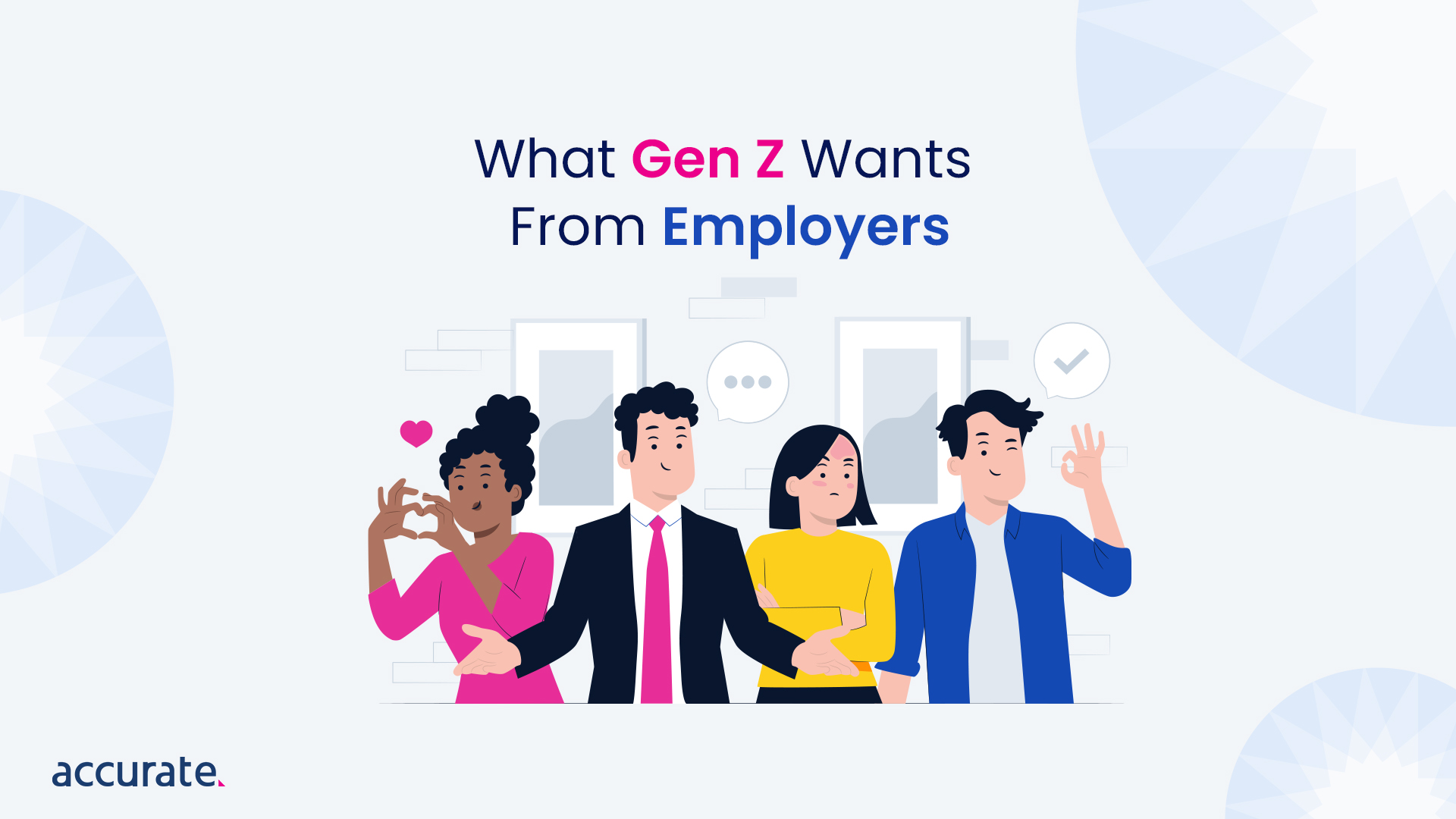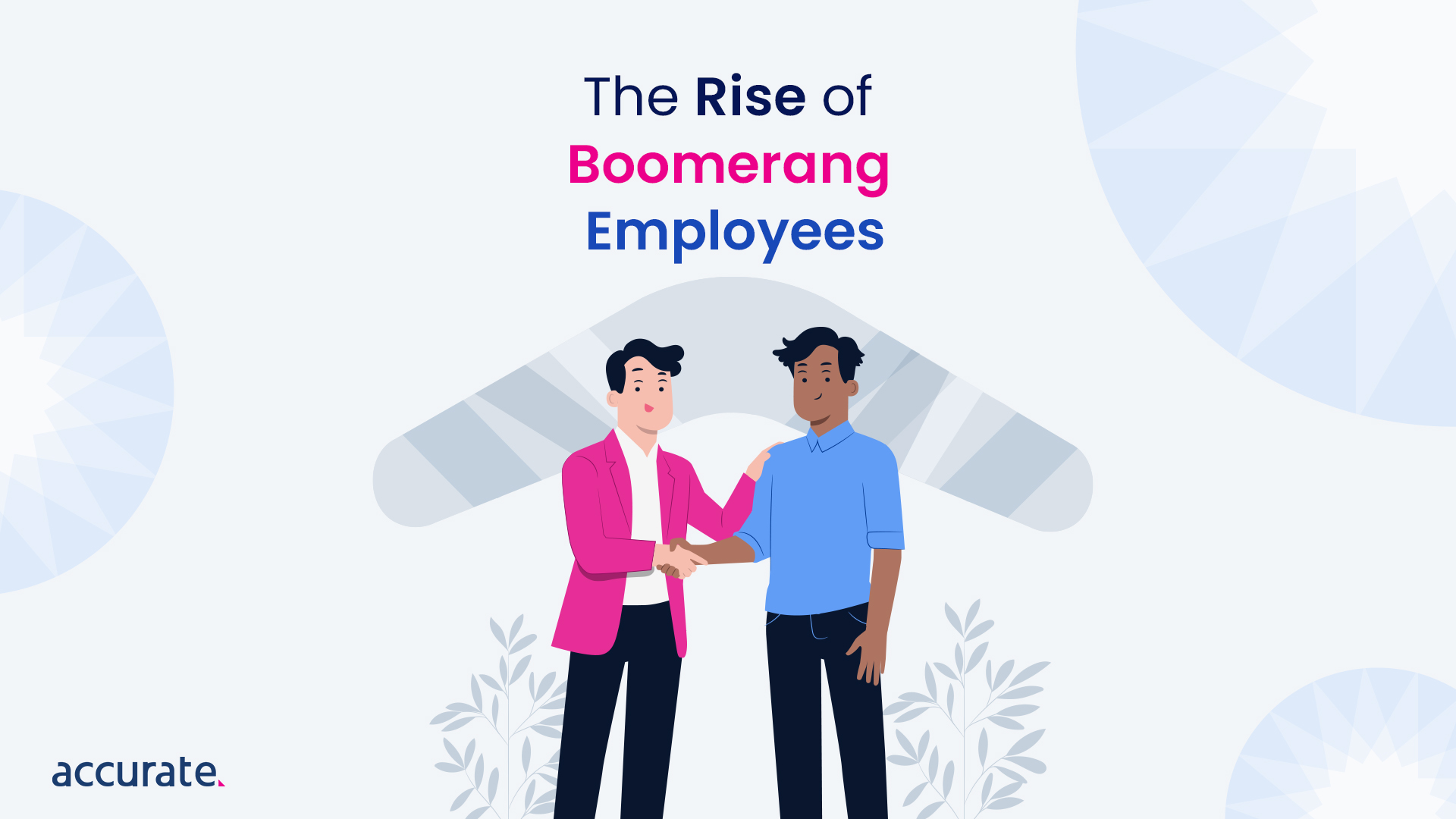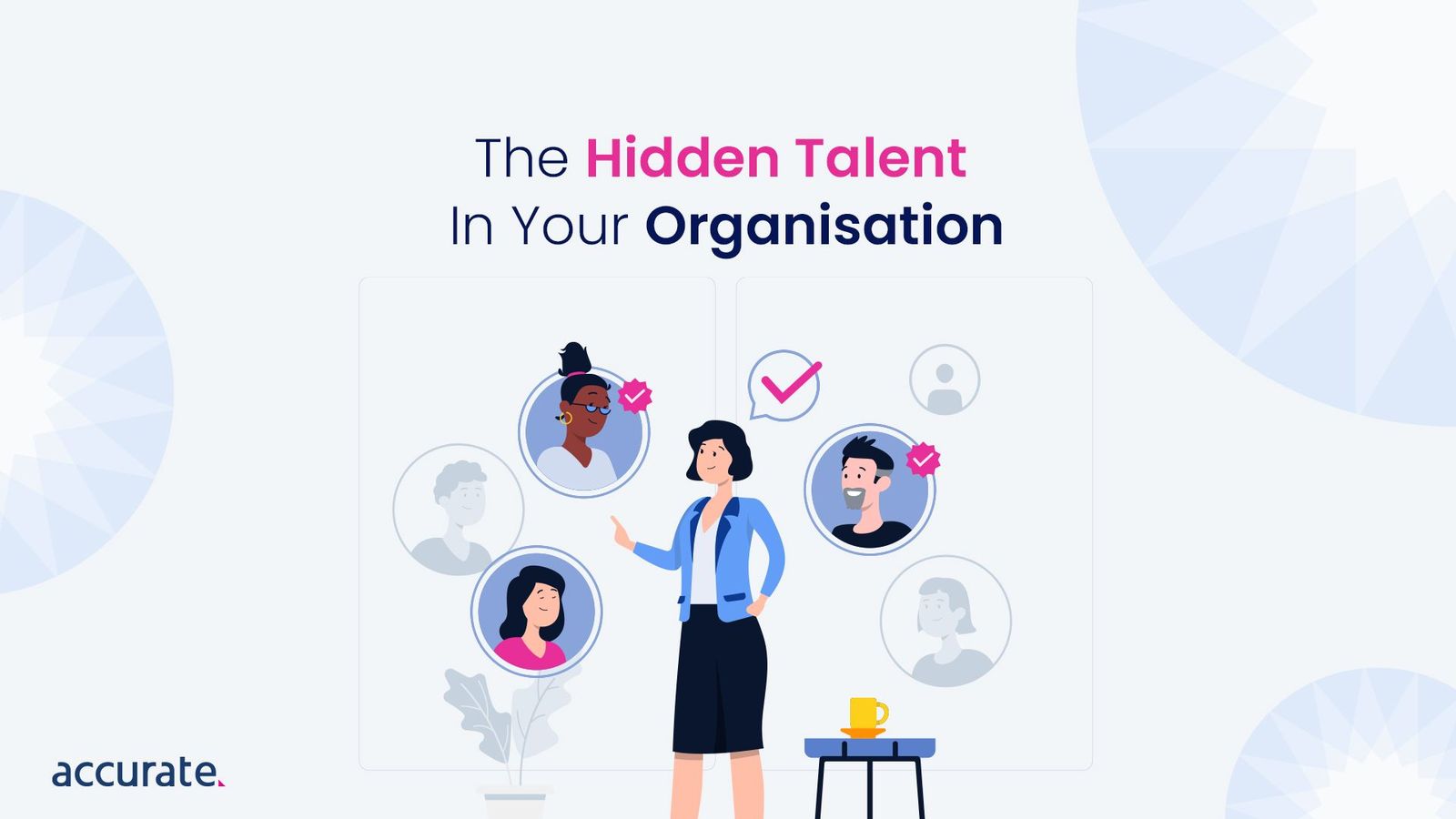Unconscious biases can creep into the hiring process in subtle but impactful ways. Interview bias occurs when an interviewer’s personal opinions, preferences, or beliefs influence their assessment of a candidate’s abilities. This can lead to overlooking qualified applicants and a lack of diversity in the workplace.
As employers and recruiters, taking proactive steps to identify and reduce interview bias is integral. It’s the right thing to do from an ethical perspective and helps ensure companies hire the best talent and build high-performing, innovative teams.
In this post, we’ll explore what interview bias looks like, its negative consequences, and actionable strategies you can implement to mitigate it in your hiring practices.
Defining Interview Bias
Before diving into solutions, let’s examine what interview bias entails. Biases can be unconscious, meaning we aren’t even aware of them, or conscious – but both can be equally harmful. Some common ways biases show up in interviews include:
- Stereotyping: Making assumptions about a candidate’s abilities based on their age, gender, race, etc.
- Halo/horn effect: Allowing one positive or negative attribute to colour the overall impression of the candidate.
- First impression bias: Judging the candidate too quickly based on initial interactions.
- Similarity bias: Favouring candidates who are similar to the interviewer in some way.
- Recency bias: Disproportionately weighing the most recent information learned about the candidate.
Gender and racial biases are particularly pervasive issues that many organisations are working to address. In fact, studies have shown that candidates with ethnic-sounding names are less likely to get interviews even with identical resumes. And in technical interviews, women are sometimes held to higher standards than men.
The Impact of Interview Bias
So what’s the big deal if an interviewer favours one candidate over another based on a gut feeling? The impacts of biased hiring decisions are far-reaching:
- Missing out on top talent. By allowing irrelevant factors to influence candidate evaluations, companies risk overlooking highly qualified individuals. This is especially troubling in today’s tight labour market.
- Lack of diversity. Homogenous teams tend to result from biased hiring. This isn’t just an ethical issue, but a business one too. Diverse companies are more innovative and perform better financially.
- Legal ramifications. Sometimes, biased hiring practices can leave a company vulnerable to discrimination lawsuits. Australian discrimination laws prohibit employment discrimination based on attributes like race, age, disability, or sex.
How to Identify Bias in Your Hiring Process
Spotting bias is the first step to removing it. Here are some ways to recognise unconscious patterns and red flags in your hiring:
- Review past decisions. Look back at your recent hires and the candidates you passed over. Do you notice any trends, like consistently hiring younger candidates or rating men higher on certain skills?
- Evaluate your interview questions. Are you asking each candidate the same set of job-relevant questions? Inconsistent interviews make it hard to compare candidates objectively.
- Pay attention to body language. An interviewer who seems disinterested, distracted, or uncomfortable could exhibit bias (consciously or not). Train interviewers to be aware of subtle cues.
- Note “culture fit” decisions. Judging subjective traits like “culture fit” or “likability” often allows bias to sneak in. Push interviewers to articulate concrete, job-related reasons for their candidate preferences.
Strategies to Reduce Interview Bias
Research in industrial-organisational psychology and human resources has identified several effective methods for mitigating interview bias:
1. Standardise the interview process
Unstructured interviews, where the conversation flows loosely without a consistent set of questions, are prone to bias. In contrast, structured interviews that ask all candidates the same job-relevant questions in the same order are twice as effective at predicting job performance.
To standardise your interviews:
- Develop a set of questions that assess the key skills and qualifications for the role
- Create a rubric for objectively scoring responses
- Train interviewers on conducting structured interviews
2. Implement blind hiring practices
“Blind hiring” refers to removing identifying information from resumes and applications so that candidates are evaluated based purely on their qualifications. This helps reduce unconscious bias related to factors like gender, ethnicity, age, education, and socioeconomic status.
Some blind hiring techniques include:
- Removing names and other demographic info from applications
- Using pre-employment assessments that focus on job skills versus personal background
- Conducting blind pre-screening interviews where candidate voices are masked
3. Use work sample tests
Interviews are inherently subjective, but work sample tests can add a layer of objectivity. These hands-on assessments ask candidates to perform tasks that simulate core aspects of the job.
For example, a coding challenge for a software engineering role or an editing assessment for a writing position. Work samples are among the strongest predictors of on-the-job performance and tend to be more equitable across demographic groups.
4. Utilise diversity in hiring panels
The more diverse perspectives involved in evaluating a candidate, the less likely individual biases will sway the hiring decision. Consider putting together interview panels with a mix of genders, races/ethnicities, ages, abilities, etc.
Panel diversity is particularly impactful in combating similarity bias, where interviewers tend to favour candidates like them. When multiple unique lenses assess the candidate, similarity bias gets averaged out.
5. Provide interview training
Equip your hiring teams with the knowledge and skills to identify and reduce biases in their practices. Unconscious bias training can cover topics like:
- Understanding different types of bias
- How to identify personal biases
- Recognising bias in job postings, interview questions, etc.
- Tips for focusing on objective job qualifications versus “gut feelings.”
Role-playing exercises can also help interviewers practice objective, structured interviewing techniques. The more aware your hiring managers are of bias, the better equipped they’ll be to prevent it.
Best Practices for a Bias-Free Hiring Process
In addition to the strategies above, there are small but impactful steps you can take to minimise bias in your day-to-day hiring activities:
- Write inclusive job descriptions that avoid gendered or age-related terms
- Use recruiting technology that masks candidate identities
- Stick to job-relevant interview questions rather than casual “get to know you” chat
- Take objective interview notes focused on key qualifications
- Have interviewers write down candidate evaluations before discussing them as a group
Regularly evaluate your candidate demographics to see if your hiring efforts are achieving diversity goals. If not, you likely have more work to do to eliminate bias.
Key Takeaways
- Unconscious biases lead to decisions not based on job performance, causing poor hires, lack of diversity, and legal liabilities.
- Understanding bias, proactively looking for it, and implementing research-backed strategies can create an equitable and effective hiring process.
- Standardising interviews, using blind hiring techniques, relying on objective assessments, involving diverse perspectives, and training interviewers reduce bias.
- This results in a workforce selected for talent, leading to higher-quality hires, better retention, more diversity of thought, and a stronger organisation.
- Identify bias in your current process and implement best practices to create a more objective and inclusive approach to talent acquisition.
You might also like to read our article ‘How Social Media Screening Reduces Bias’.



